The United States is home to some of the largest and most iconic lakes in the world, each with its own unique ecosystem, recreational opportunities, and geographical significance. These bodies of water play a crucial role in local economies, wildlife habitats, and regional tourism. Whether formed naturally or through man-made dams, they provide breathtaking landscapes and are integral to the environment and communities that surround them. Here, we explore the largest lakes in the U.S., delving into their size, depth, and the diverse life they support.
Lake Oahe
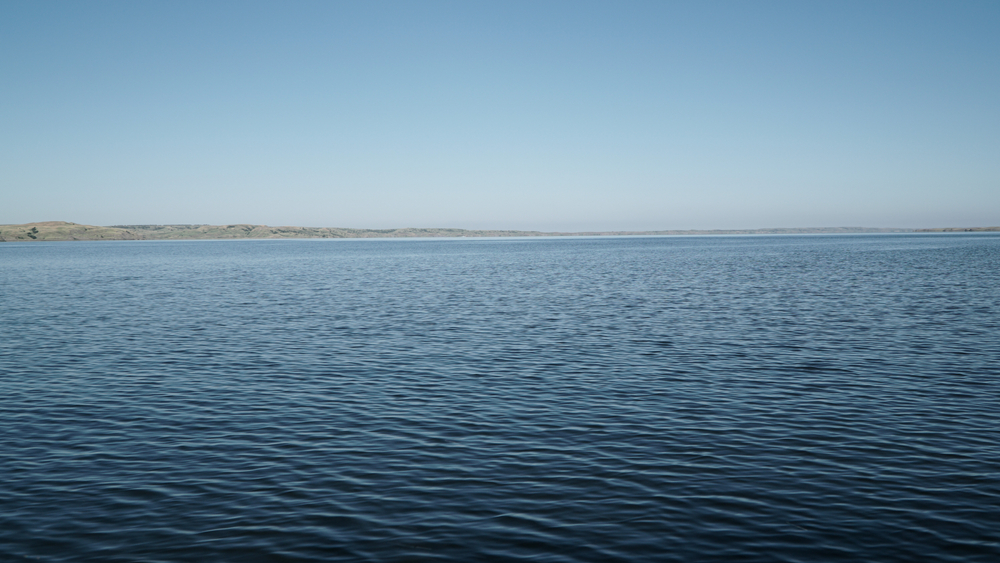
Lake Oahe, a massive reservoir on the Missouri River, spans 685 square miles and stretches from North Dakota to South Dakota. Created by the Oahe Dam, it is one of the largest man-made lakes in the United States and plays a key role in regional water management and hydroelectric power generation. Its shoreline extends over 2,000 miles, offering a wide array of recreational opportunities, including fishing, boating, and camping. Fish species such as walleye, northern pike, and smallmouth bass thrive in its waters, making it a popular destination for anglers. Its maximum depth reaches 205 feet, and its dam produces enough hydroelectric power to supply hundreds of thousands of homes. Its recreational facilities and scenic views attract thousands of visitors each year, supporting tourism in the region.
Lake Okeechobee
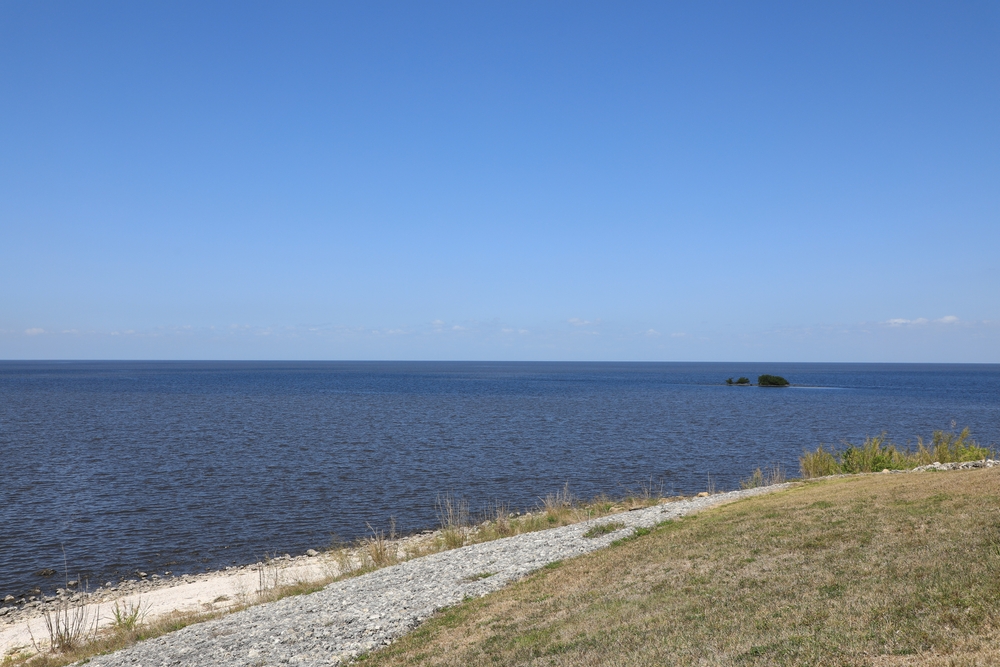
Lake Okeechobee, Florida’s largest freshwater lake, spans 730 square miles. Despite its size, it is relatively shallow, with an average depth of 9 feet, and serves as a critical component of the region’s water management system. It is a popular destination for largemouth bass fishing and hosts numerous fishing tournaments each year. Surrounded by the Herbert Hoover Dike, a massive flood control structure built after devastating hurricanes, it is integral to flood management in the area. It also provides water for agriculture and urban use, making it vital to Florida’s economy. However, it faces environmental challenges, including pollution and algae blooms from agricultural runoff. The area around Lake Okeechobee is home to diverse wildlife, including alligators, birds, and fish, making it a hub for nature lovers and outdoor recreation.
Iliamna Lake
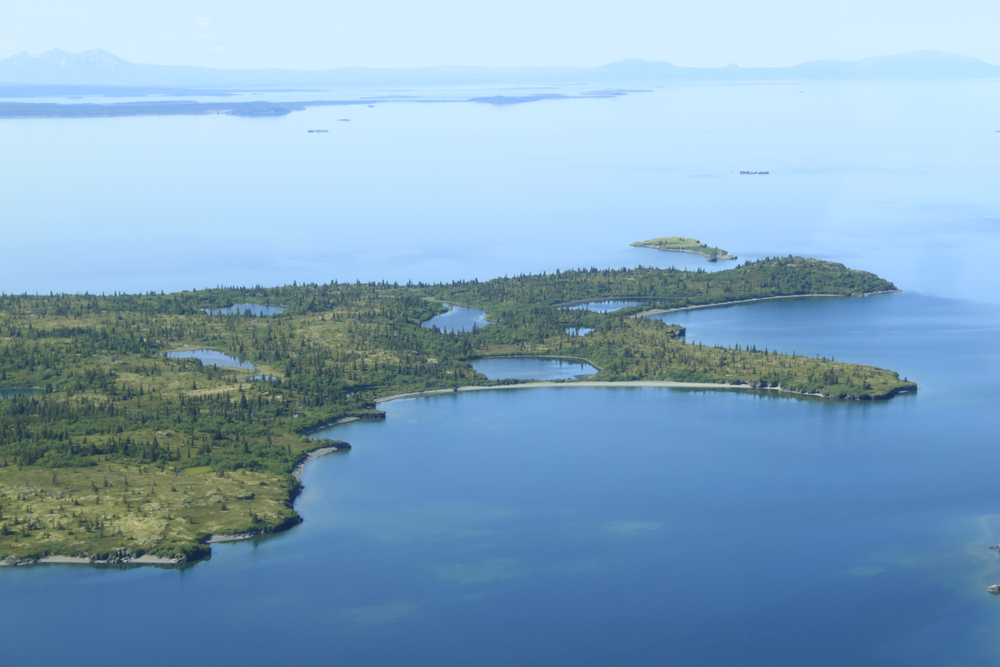
Iliamna Lake, located in southwestern Alaska, covers an area of 1,014 square miles and is the largest lake in the state. Known for its clear, pristine waters, it supports a rich population of fish, including sockeye salmon. It is also home to one of the only populations of freshwater seals in the world, which reside here year-round. With a maximum depth of 988 feet, it is surrounded by the rugged mountains of the Alaska Peninsula, offering breathtaking views and remote wilderness experiences. Local indigenous cultures have long fished in its waters, adding to its historical significance. Legends of a mysterious lake monster have been passed down through generations, further enhancing its mystical appeal.
Lake of the Woods
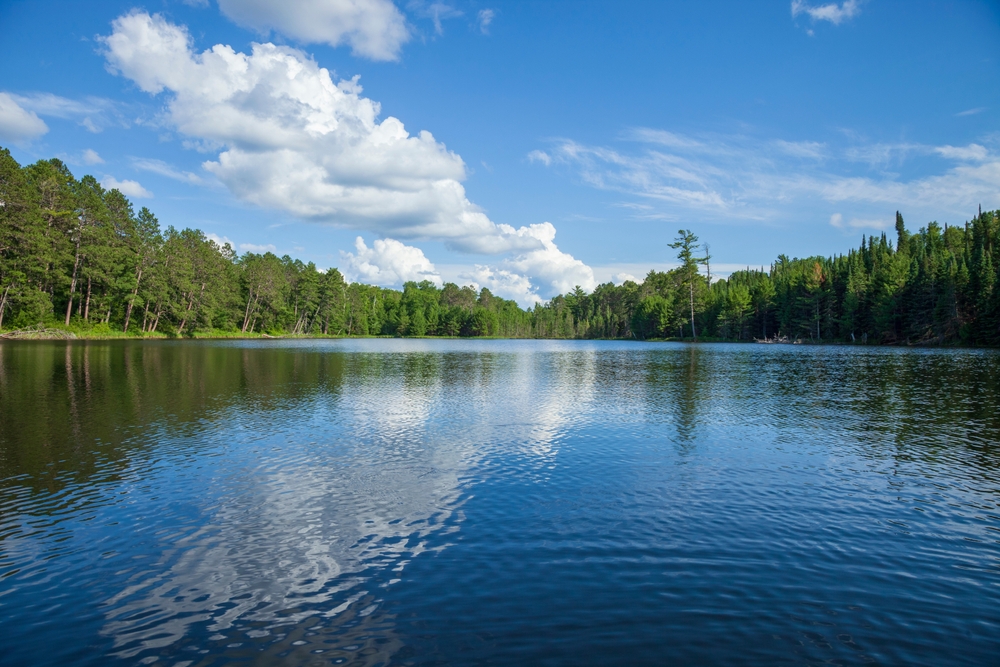
Lake of the Woods, a vast freshwater lake, spans 1,679 square miles and stretches across Minnesota, Ontario, and Manitoba. Famous for its 14,500 islands, it offers a wealth of natural beauty and recreational opportunities. Its maximum depth of 210 feet makes it a prime destination for anglers targeting walleye, northern pike, and sturgeon. Its northern location provides a pristine environment for outdoor activities like boating, camping, and wildlife observation. The Minnesota portion of the lake is often called the “Walleye Capital of the World” due to its thriving fish population. It also plays a critical role in the local hydrology, draining into the Winnipeg River and eventually flowing into Hudson Bay. Its diverse ecosystem supports a wide range of wildlife, from fish to migratory birds, making it a hub for ecological research and tourism.
Great Salt Lake
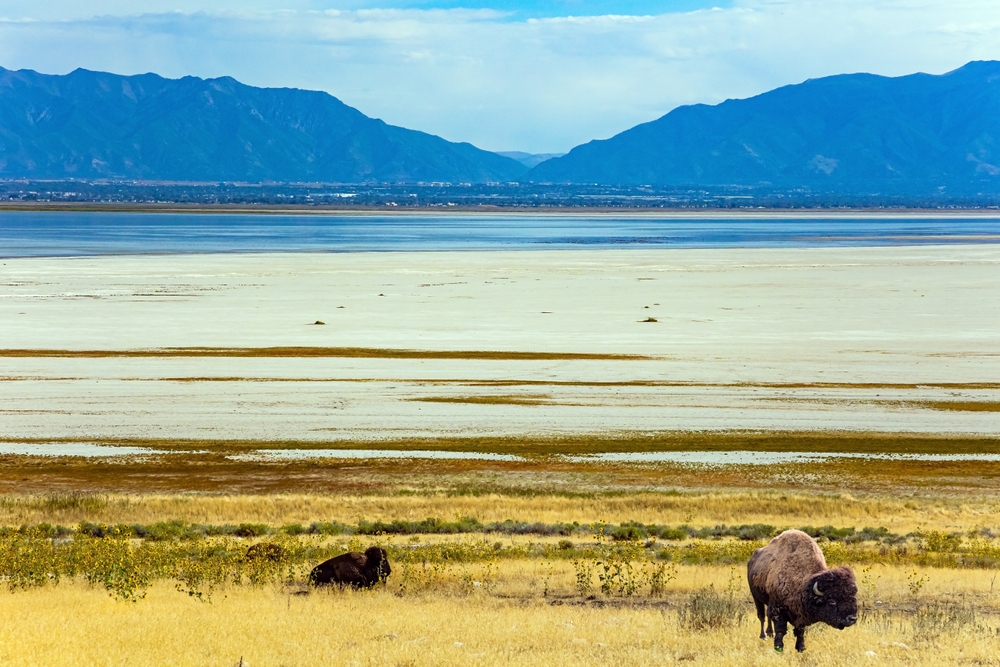
The Great Salt Lake, located in northern Utah, covers approximately 1,700 square miles, making it the largest saltwater lake in the Western Hemisphere. Its hypersaline waters support a unique ecosystem, including brine shrimp and brine flies, which attract millions of migratory birds each year. Its fluctuating size is due to evaporation and precipitation cycles, with its maximum depth reaching around 33 feet. Surrounding it are stunning salt flats and vibrant ecosystems, providing a striking contrast to the urban landscape of nearby Salt Lake City. It is a remnant of the ancient Lake Bonneville, which once covered much of Utah, adding to its geological significance. Its saline levels are too high to support most fish species, but its shores and islands are critical habitats for wildlife. It is also a popular destination for sailing and birdwatching.
Lake Ontario
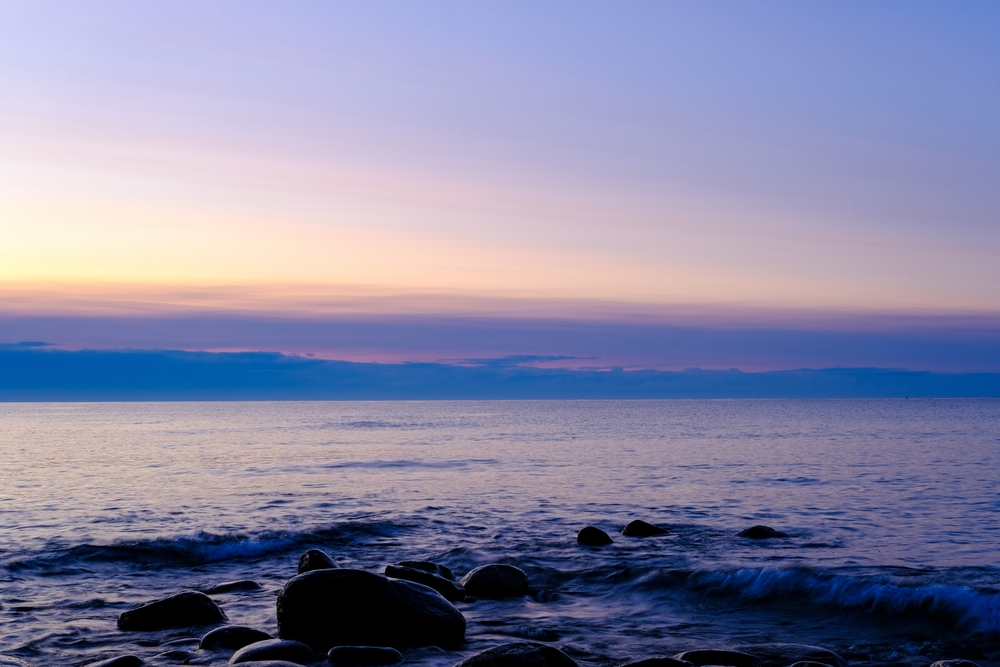
Lake Ontario, the smallest of the Great Lakes, covers 7,340 square miles and has a maximum depth of 802 feet. It is located between New York and Ontario, Canada, serving as the gateway from the Great Lakes to the Atlantic Ocean via the St. Lawrence River. Despite its size, it holds a massive volume of water, four times greater than Lake Erie. The lake rarely freezes due to its depth and the moderating effects of warm weather from the southwest. It is an important source of drinking water for millions of people in the region and supports a variety of fish species, including salmon and trout. It faces environmental challenges, including pollution from industrial runoff and agricultural waste. Conservation efforts have helped improve its water quality over the years, ensuring its ecological and economic importance.
Lake Erie
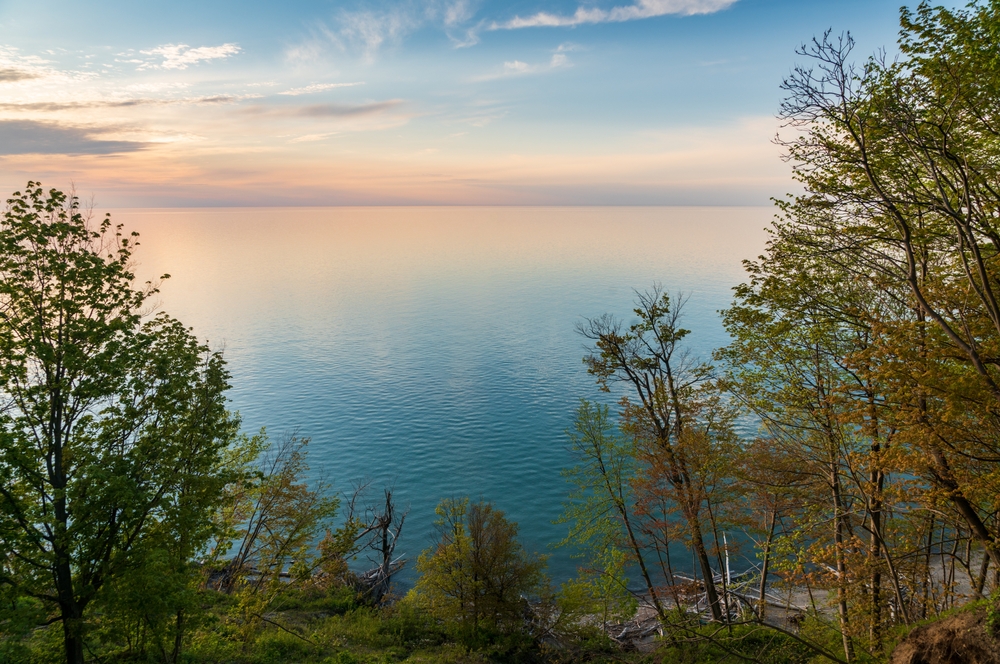
Lake Erie, covering 9,910 square miles, is the southernmost and warmest of the Great Lakes. With a maximum depth of 210 feet, it is relatively shallow, causing it to freeze more frequently in the winter compared to the other Great Lakes. Its waters are home to a variety of fish species, including walleye and perch, making it a popular destination for fishing. It plays a critical role in regional commerce, with major industrial ports located in cities like Cleveland and Buffalo. It also serves as a vital source of drinking water for millions of people. However, it has faced significant environmental challenges, including pollution and algae blooms caused by agricultural runoff. Efforts to restore its health have led to improvements in water quality and fish populations, preserving its importance to the region.
Lake Michigan
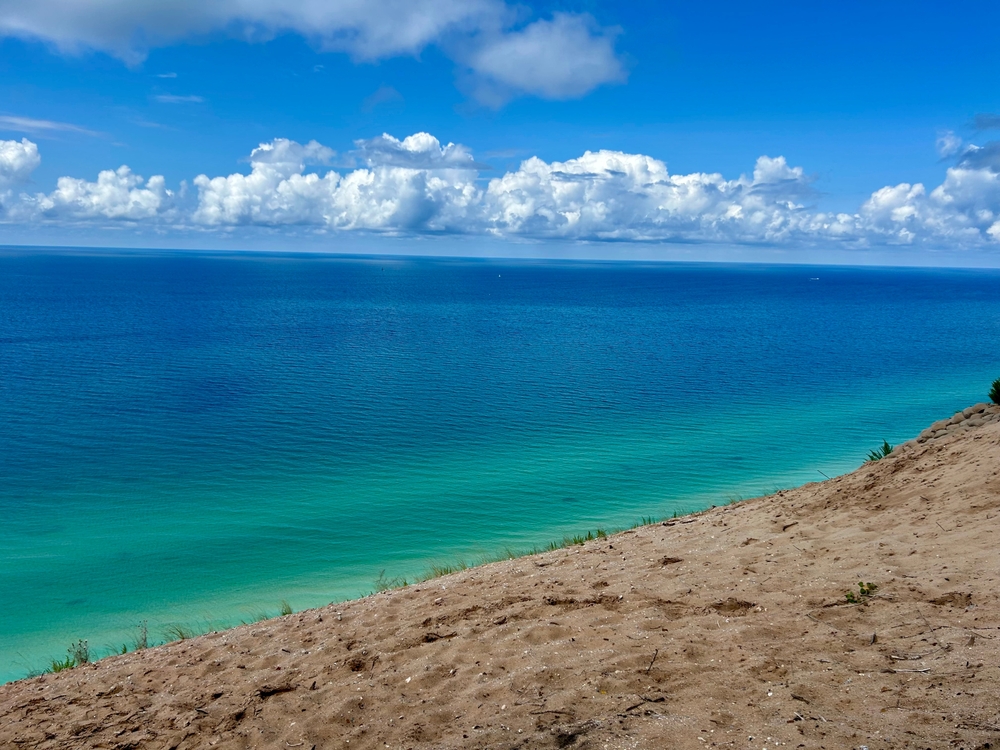
Lake Michigan, spanning 22,400 square miles, is the second-largest of the Great Lakes by volume and the only one located entirely within the United States. Its maximum depth reaches 923 feet, and it supports a rich variety of fish species, including trout, salmon, and perch. Major cities like Chicago, Milwaukee, and Green Bay are located along its shores, making it an important hub for commerce and industry. It is also famous for its sandy beaches, particularly the towering dunes found in Michigan and Indiana. Its waters are a popular destination for recreational activities like boating, fishing, and swimming. It plays a crucial role in the region’s shipping industry, connecting the Midwest to international trade routes.
Lake Huron

Lake Huron, located between Michigan and Ontario, Canada, covers 23,000 square miles and is the third-largest of the Great Lakes. Its maximum depth is 750 feet, and it is known for its thousands of islands, including Manitoulin Island, the largest freshwater island in the world. Its waters are rich in biodiversity, supporting species like walleye, perch, and smallmouth bass. Its shorelines are home to sandy beaches and coastal wetlands, making it a popular destination for birdwatching and outdoor recreation. Historic shipwrecks in the Thunder Bay National Marine Sanctuary attract divers from around the world. It also plays a crucial role in regional commerce, serving as a key part of the Great Lakes shipping route.
Lake Superior
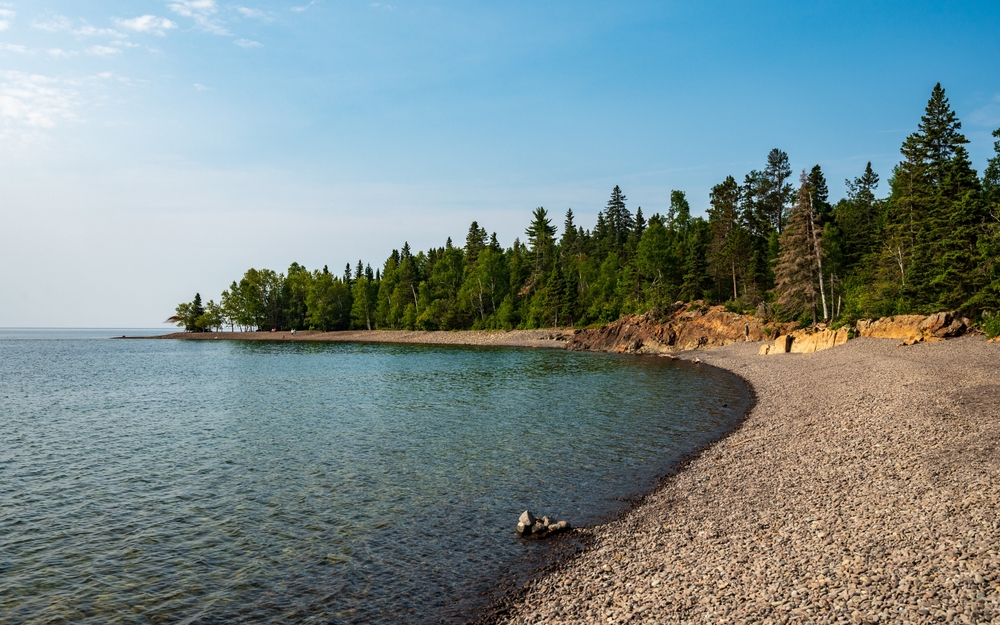
Lake Superior is the largest freshwater lake in the world by surface area, covering 31,700 square miles. Spanning across Michigan, Minnesota, Wisconsin, and Ontario, Canada, it has a maximum depth of 1,333 feet, making it the deepest of the Great Lakes. Its cold, clear waters support a variety of fish species, including lake trout, whitefish, and salmon. Its shores are home to national parks, forests, and small towns, making it a popular destination for tourists year-round. It has been the site of numerous shipwrecks due to its unpredictable weather, adding to its mystique. It plays a critical role in regional hydrology, draining into the Atlantic Ocean via the St. Lawrence River.
This article originally appeared on Rarest.org.
More from Rarest.org
8 Oldest Wines in the World
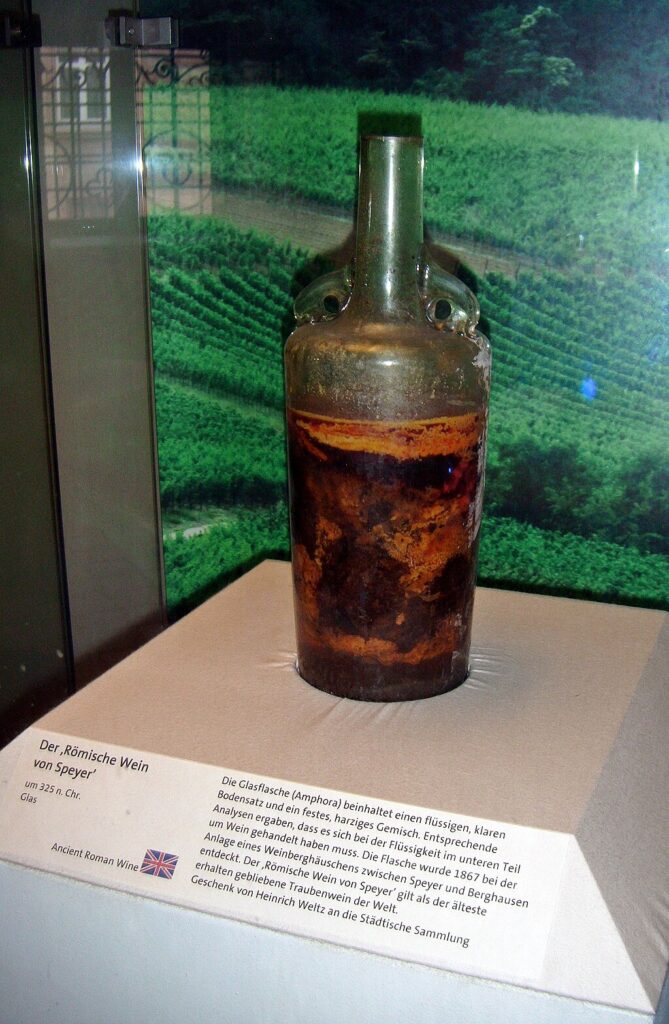
Wines, like history, can age gracefully, and some bottles have withstood the test of time to become more than just beverages—they’re pieces of history. From Roman tombs to famed French vineyards, the world’s oldest wines tell stories of ancient cultures, royal collections, and meticulous winemaking practices. Read More.
10 Oldest National Parks in the World
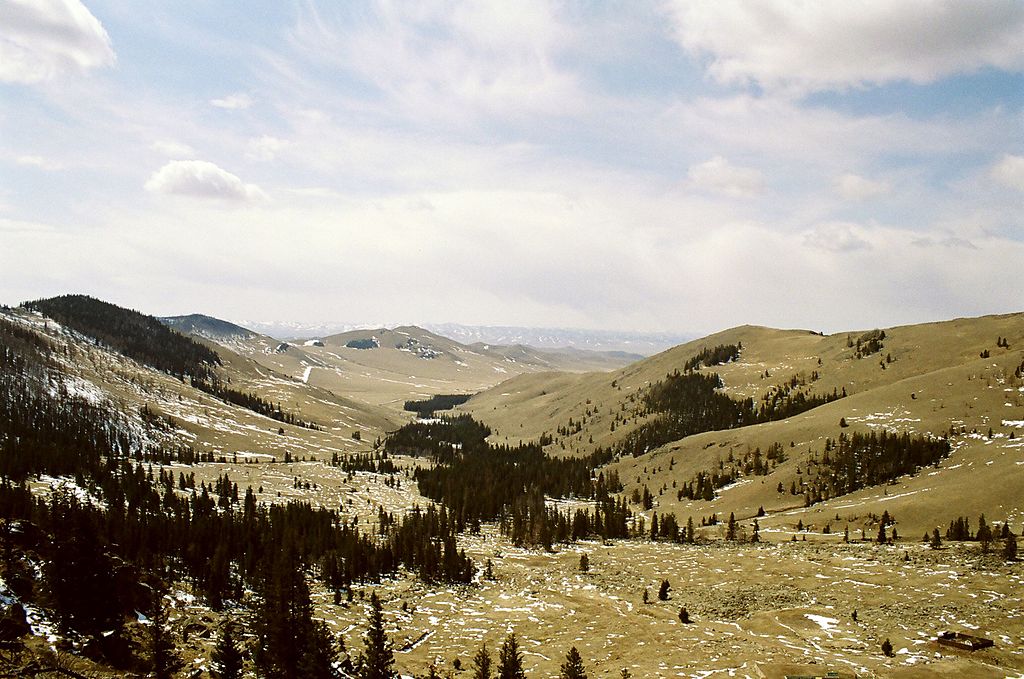
National parks have been established around the world to preserve natural beauty and protect wildlife, with some dating back centuries. These offer a glimpse into untouched landscapes, rich ecosystems, and cultural history. Read More.
15 Largest Animals in the World

The animal kingdom is filled with incredible creatures of all shapes and sizes, but some stand out for their sheer enormity. From the oceans to the savannas, the largest species on Earth are not only impressive in their size but also in the roles they play in their ecosystems. Read More.
